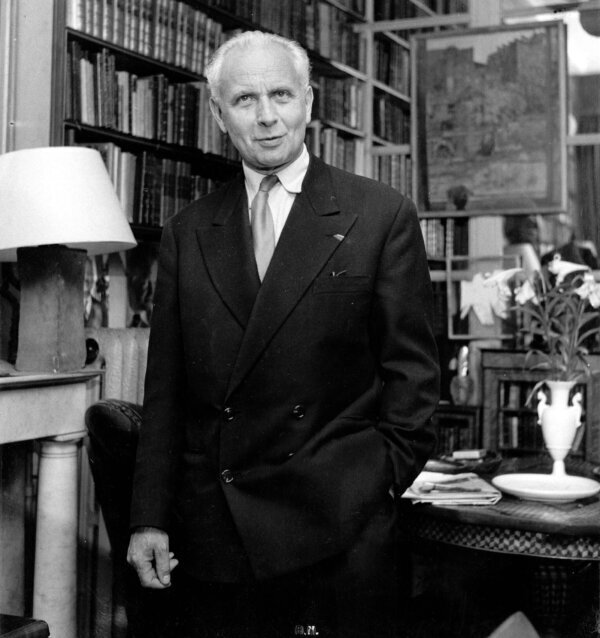Form Follows Function?

Louis Sullivan is credited with coming up with the phrase “form follows function.” It is useful to know that someone in the recent past invented this notion in order to raise the possibility of uninventing it.
Some quote “form follows function” as though it were an axiom of geometry that all remotely mature thinkers acknowledge as a foundational truth; even as a God-given dictum.
The phrase could even be rendered innocuous if “function” were suitably defined. What, for instance, is the function of houses and work places? They are there to serve human beings with all their intricacies. They are not there to shelter robots and automatons.
What do people want from houses? They want a house to be a home. They want it to be structurally sound, reasonably affordable, easy to maintain and they want it to be beautiful. Human beings feel at home with beauty. They are instinctively drawn to beautiful things and feel alienated by the ugly. This is why we carefully choose furniture, paintings, decorations, paint colors for walls, curtains and carpets. We attempt, with various levels of success, bearing in mind limitations of budget, to turn the house into a home. Many of us like to include house plants and pets as other living things to share our homes with.
However, “form follows function” is instead interpreted, as was intended, to mean that any decoration, any element of a thing that is not strictly necessary for utilitarian purposes should be stripped away. The implication is that the decorative and the beautiful are not and should not be considered at all. Form follows function is thus an interpretation of the human being as an emotionless zombie and mechanism.
Toilets are for the evacuation of waste. Houses are to provide shelter from the elements. Thus, if Sullivan is to be believed, human beings should be housed in windowless concrete bunkers with holes in the ground as toilets. If the need for beauty is to be ignored, why not the desire for comfort?
Windows are surely inefficient. We like them mostly because we enjoy looking at the outdoors; the sky, natural light, trees, flowers and birds. A solitary naked light bulb suspended from a wire would probably be more energy efficient because windows tend to contribute to heat loss in winter and contribute to overheating in summer.
If “form follows function” is to be treated as a commandment, why hang paintings or paint walls? A concrete bunker need not be painted in the way in which wood might benefit. A stinking hole in the ground does not need to be cleaned and the smell is neither here nor there. There is no utility in preventing smells – to worry about such things is to give into the vagaries of human preferences and those are to be forgotten in the notion of “function.” If comfort and smells are in fact to be considered, why not decoration and beauty?
Something similar happened in the history of philosophy with the advent of empiricism. This claimed that knowledge came exclusively from experience. This idea would be a simple and innocuous truism if “experience” were correctly defined. Among human experiences are simple lived experience, involving interacting with other people, aesthetic experiences of music, artworks, novels, plays and poetry. There are religious experiences, emotionally inflected experiences of sadness, joy and contemplation and so on. However, “experience” was intended to mean experience of something called “sense data” only, inflicted on a tabula rasa mind.
Empiricism was a stillborn philosophy with nothing to offer in regards to understanding the human condition because its conception of human beings and their experiences was inept and inadequate. For the same reason, when someone like the rationalist Sam Harris talks about “human well-being” it is to be anticipated that his conception of human well-being and a normal thinking and feeling person’s will be miles apart.
“Form follows function” has the same autistic nihilism as empiricism and Harris, and embodies a horrible and even tragic misunderstanding of what the function of things should be with regard to human beings.




